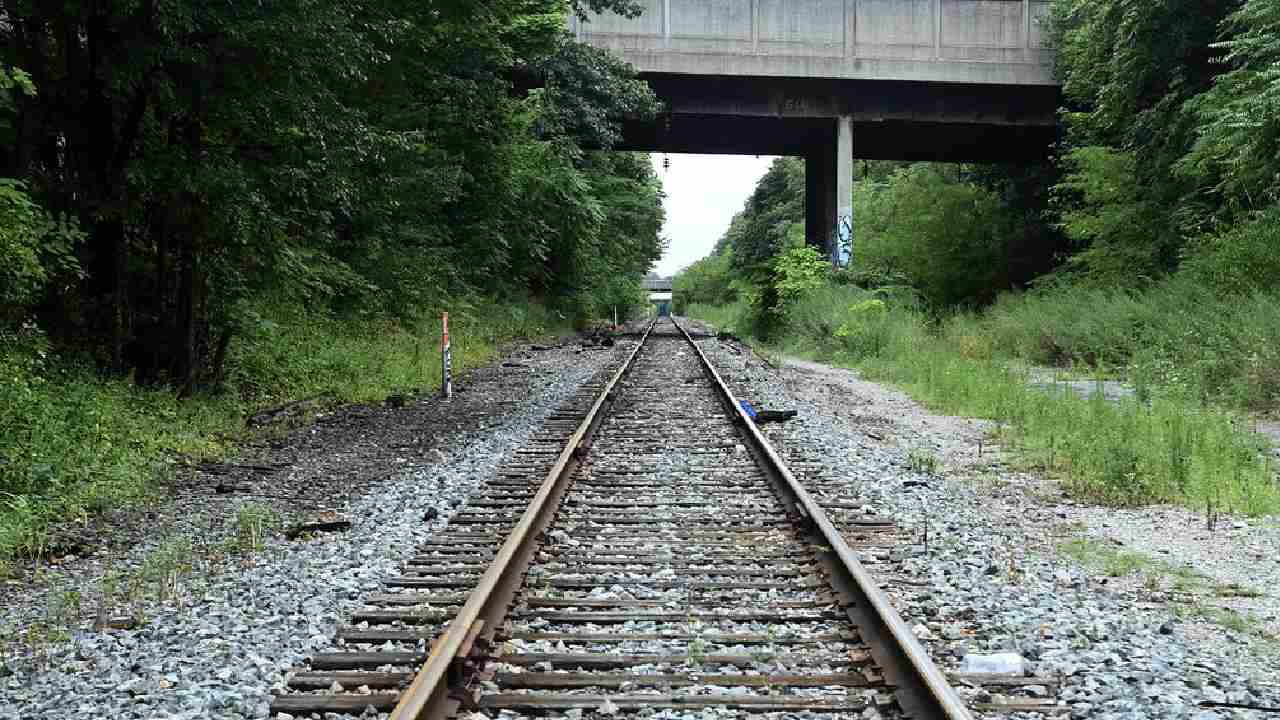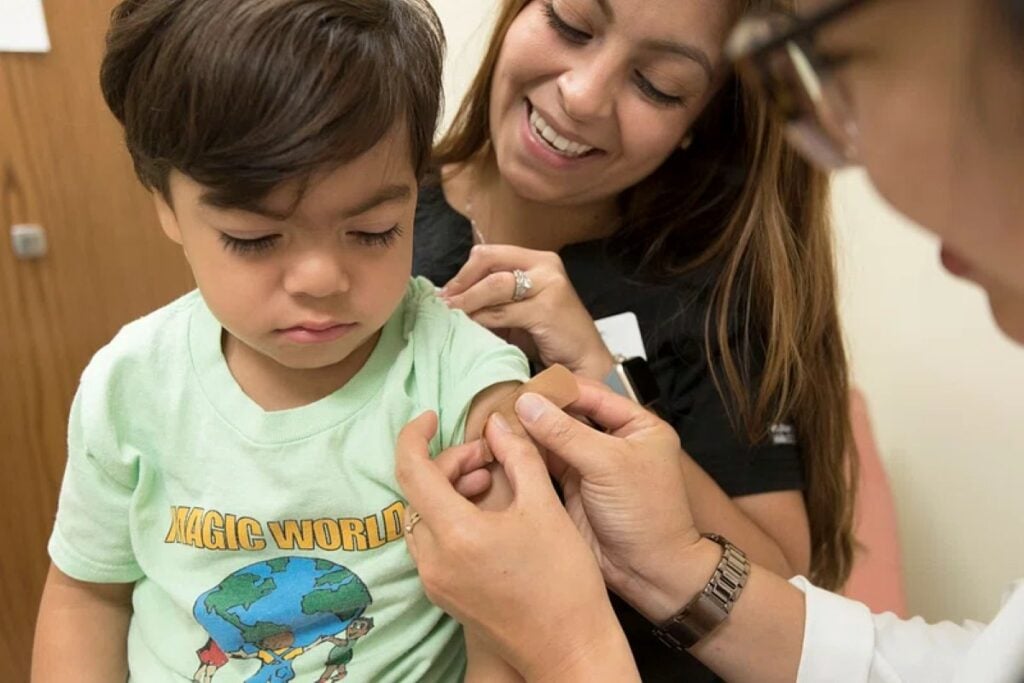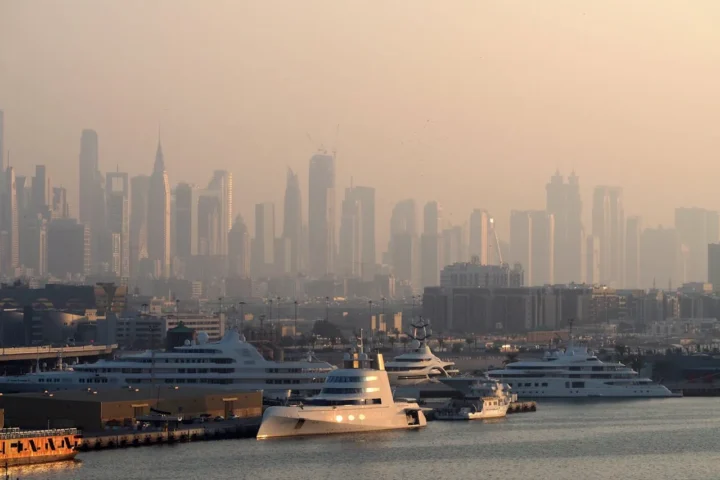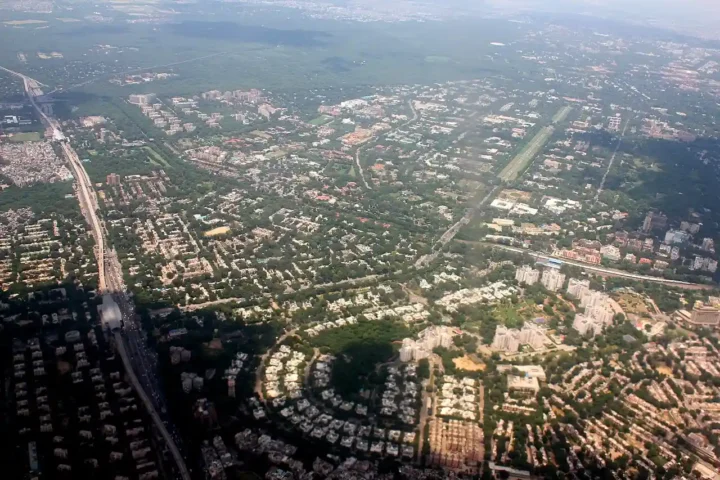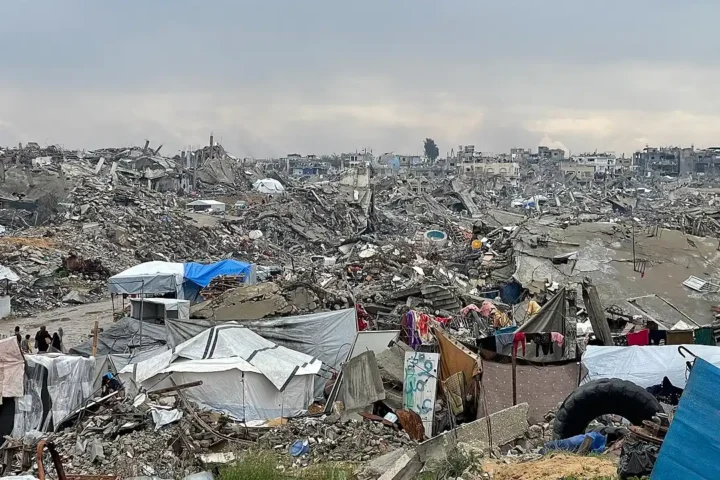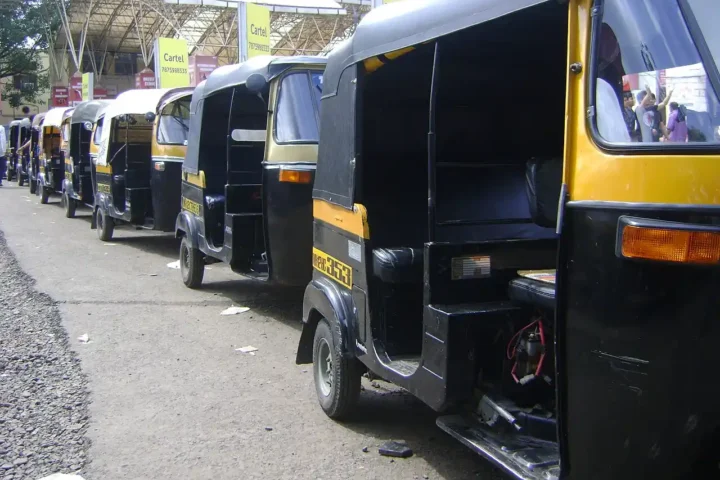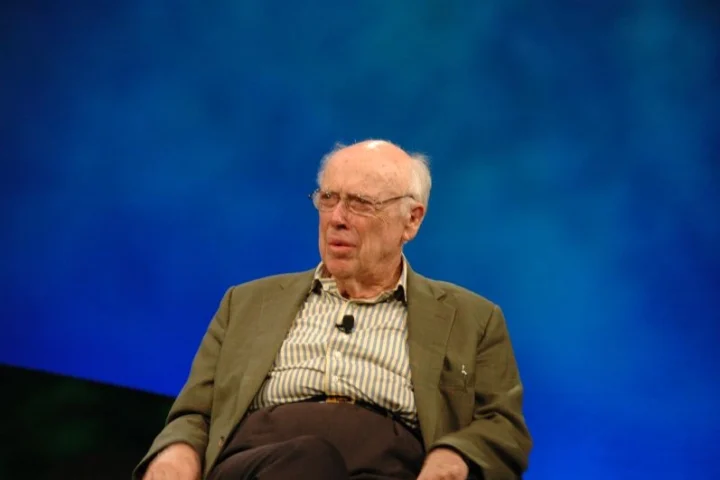After nearly three decades of planning, the Interborough Express (IBX) light rail project connecting Brooklyn and Queens has officially entered its design and engineering phase.
Governor Kathy Hochul announced the milestone on Friday, celebrating the MTA Board’s selection of Jacobs/HDR as the design and engineering team with a $166 million contract. The project marks a significant step forward for the $5.5 billion transit initiative that aims to transform travel between New York City’s two most populous boroughs.
“We’re turning these old tracks into something remarkable,” Hochul said during an event along the abandoned rail line. “A clean, fast, 14-mile light rail line – a connection between Brooklyn and Queens like never before.”
The IBX will create 19 stations along a 14-mile route from Sunset Park, Brooklyn, to Jackson Heights, Queens. When completed, it will connect to 17 subway lines, 50 bus routes, and two Long Island Rail Road hubs. Perhaps most importantly for daily commuters, the end-to-end travel time will be just 32 minutes – saving riders up to an hour on their daily round-trip commutes.
For many New Yorkers, this means no more traveling into Manhattan just to reach a neighboring borough. “The outer boroughs are now joined so that there’s not a requirement that if you want to go see your mother in Queens from Brooklyn that you won’t have to go into Manhattan first,” Hochul explained.
The project will serve approximately 900,000 residents living near the route and 260,000 workers employed in the area. Officials project the IBX will handle 160,000 daily riders (48 million annual trips), making it the busiest light rail system in the United States – surpassing Los Angeles with its 46 million annual riders.
The IBX represents several transportation milestones for New York City. It will be the city’s first light rail line and the first new end-to-end rapid transit built entirely within the city since 1937, when the line that eventually became the G train opened. It will also bring the first new transit stations to Brooklyn since 1948 and to Queens since 1988.
The project will repurpose existing freight rail infrastructure, utilizing the LIRR-owned Bay Ridge Branch and CSX-owned Fremont Secondary rail line. Drone footage released by the MTA shows the route winding through tree-lined, largely forgotten rail beds with several bridges and tunnels that could present design challenges.
Similar Posts
Recent refinements to the plan include a tunnel beneath Metropolitan Avenue in Middle Village, Queens, rather than street-level operations. This change reduced the projected travel time from 39 to 32 minutes and increased ridership projections by 50,000 daily passengers.
Funding for the IBX comes from multiple sources. The design phase will use $45 million from New York State’s 2025 budget and the MTA’s 2025-2029 Capital Plan. An additional $15 million came from a U.S. Department of Transportation RAISE grant for corridor assessment, plus $1 million for financial expert services. Governor Hochul has secured about half of the total $5.5 billion cost through the MTA’s Capital Plan.
Despite the progress, New Yorkers will need patience. Construction isn’t expected to begin until after the design phase, with completion projected for sometime in the 2030s.
Community engagement has been ongoing, with the MTA hosting ten open houses attended by nearly 1,000 community members. Pop-up outreach at subway stations has reached 1,300 members of the public and over 250 businesses. The agency also holds quarterly virtual community council meetings with elected officials and community groups.
The IBX represents a significant investment in outer-borough connectivity that many local leaders see as long overdue.
“This is a once-in-a-generation investment that will make our infrastructure more equitable, sustainable, and usher in a new era of transit for Brooklyn and Queens,” said Assemblymember Andrew Hevesi.
For residents of neighborhoods historically underserved by transit, the IBX promises not just faster commutes but expanded access to jobs, education, and services across both boroughs – though they’ll need to wait nearly another decade to see those benefits realized.
